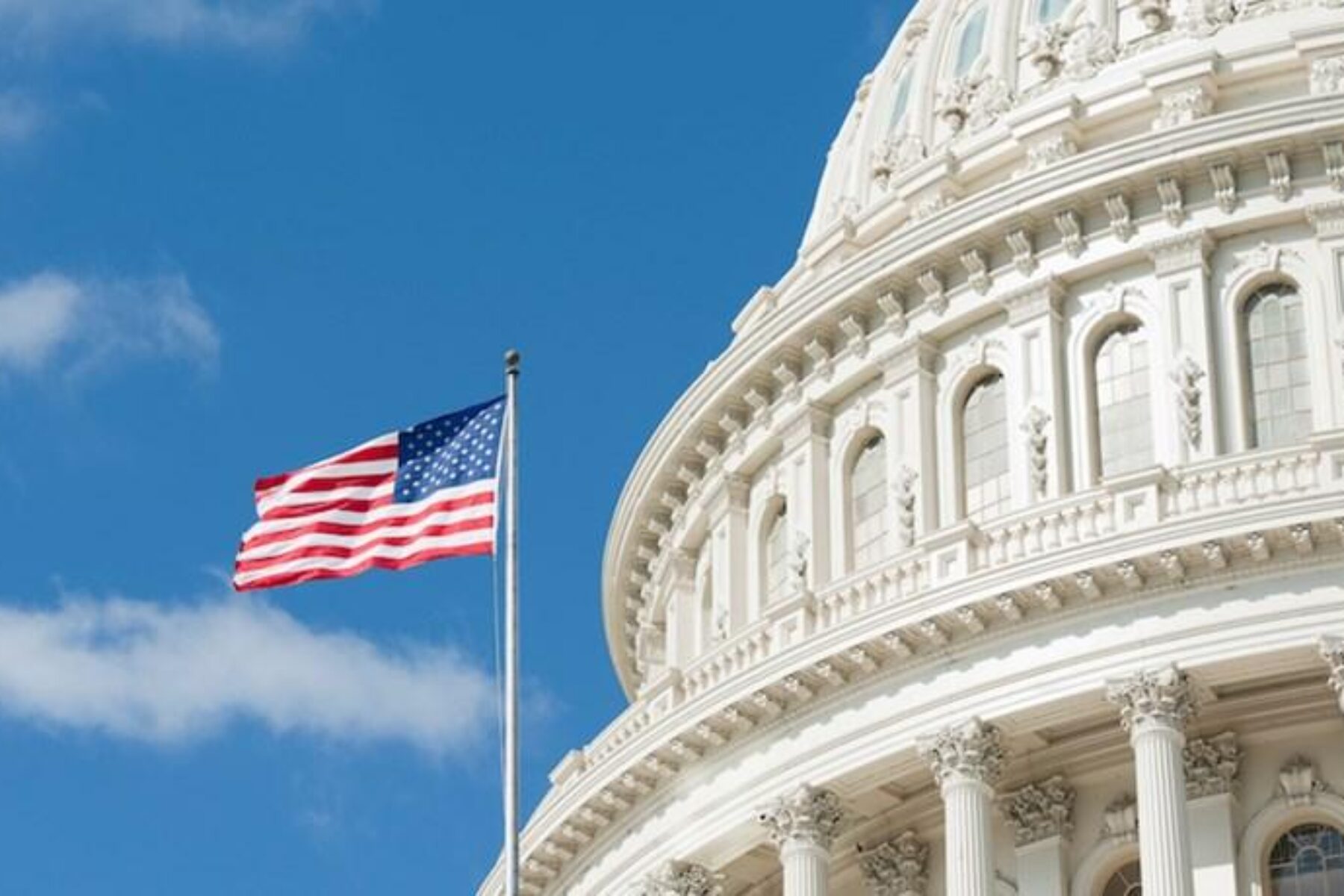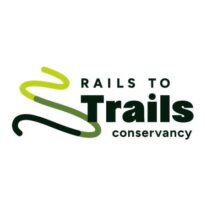Guidance on T&I Committee Earmarks

Earlier this week, we shared an update about Rails-to-Trails Conservancy’s (RTC’s) work to secure increased and focused federal investment in safe and connected systems for active transportation. We promised real-time updates as additional information becomes available.
The U.S. House of Representatives Transportation and Infrastructure (T&I) Committee has now issued guidance about earmarks available for local transportation priorities. The committee is inviting all members of Congress to submit specific “Member Designated Projects” for inclusion in the surface transportation reauthorization currently being drafted. As such, the timeline is very short, and projects will only be accepted between April 1 and April 23. (Note that this process is separate and distinct from the House Appropriations Committee earmarks.)
The T&I earmark process provides a strategically important opportunity to engage your member of Congress—to secure direct near-term funding for an iconic and critical active transportation project while educating them about your plans to connect safe walking and biking routes into a seamless community-wide or regional system.
By presenting your proposed earmark as a piece of a larger plan, you can more clearly demonstrate the full impact of your project and underscore the need for policy change in the next surface transportation bill. The earmarks have the potential to provide near-term funding while the Connecting America’s Active Transportation System Act provides the necessary ongoing and focused funding to accelerate completion of your full active transportation plan.
Here is a summary of what we know:
- There is no limit on the number of projects that each member may submit to the T&I Committee, but members are being asked to prioritize five.
- Projects that are ranked near the top of the list may be the only ones that advance, so we suggest focusing on an iconic, high-impact project.
- This is your chance to show your representative what will happen when Congress invests strategically in critical walking and biking connections.
- We suggest highlighting aspects of the project and your trail network vision that illustrate the transformative impact it can have in areas that are priorities for this Congress and the administration, such as climate, equity and economic opportunity.
The most urgent action for you to take is to reach out to your member of Congress. Each member’s office will have its own process for collecting project ideas. Demonstrating that your project has broad community and political support, and will bring significant transportation, economic, environmental, health and other benefits to your community, will help to convince your member of Congress to prioritize the project. Find information about your member here.
When you reach out to your member of Congress, we suggest highlighting aspects of the project and your trail network vision that illustrate the transformative impact it can have in areas that are priorities for this Congress and the Administration, such as climate, equity and economic opportunity. For example:
- How the project will encourage mode shift by providing safe ways for people to walk and bike to key destinations;
- The equity benefits of how the project will connect low-income communities and communities of color to critical destinations, including transit, and address disparities in health outcomes and bicyclist and pedestrian fatalities;
- The environmental benefits that the project would bring by encouraging more sustainable modes of transportation;
- The community health benefits of more people walking and biking for their regular transportation needs;
- The economic and jobs benefits of the project, including both direct jobs from construction and benefits to businesses once the project is built; and
- Where your proposed project is part of a larger network or long-distance trail in need of ongoing investment.
Some other notes about project eligibility:
- Members must demonstrate that the project is eligible for federal transportation funding under Title 23 or 49 of the United States Code. Options include showing that the project is part of an approved Transportation Improvement Program (TIP) or Statewide Transportation Improvement Program (STIP), or obtaining a Federal Highway Administration letter.
- Funding may be used for planning, design or right-of-way acquisition.
- Projects will be subject to other requirements for federal funding including adherence to the National Environmental Policy Act (NEPA), federal design standards, prevailing wage requirements under the Davis-Bacon Act, and Buy America requirements.
- Local communities must provide a 20% match for most active transportation projects (details on the required match are available here).
Remember that the T&I Committee is asking members to submit their projects between April 1 and April 16, so please reach out as soon as possible.
For more information about the process for collecting Member Designated Projects please contact us if you have any questions! We will continue to provide updates as they become available.

Donate
Everyone deserves access to safe ways to walk, bike, and be active outdoors.
